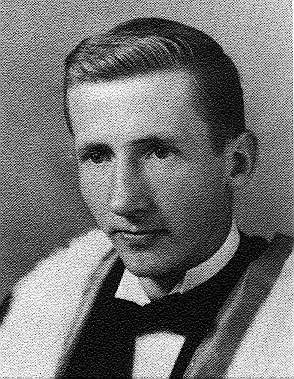Frederick Herbert Alexander Campbell

B. Sc. Honours, Earth Sciences, Dalhousie University, 1964
M. Sc. Thesis
Paleocurrents and Sedimentation of Part of the Meguma Group (Lower Paleozioc) of Nova Scotia).
(PDF - Mb)
The Lower Paleozoic Meguma Group of Nova Scotia comprises two formations: the upper, Halifax, and the lower, Goldenville. The Goldenville is a flysch-like sequence conformably overlain by the slates of the Halifax
The lithology, primary sedimentary structures, and lithologic succession indicate that much of the Goldenville was deposited by turbidity currents. There appears to be no relation between the thickness of a bed and the paleocurrent direction indicated by sole markings and cross-lamination. Almost all of the quartzite beds of the Goldenville show at least one cycle of grading; continuous grading is rare. It is not possible to differentiate between the fine sediment deposited by the “tail” of the turbidity current, and the normal pelagic sediment.
Trends of sole markings, overturn direction of flame structures, channel casts, and cross- lamination suggest a west-southwest to east-northeast movement of material. The unformity of the paleocurrent pattern may indicate control of the turbidity currents by the axial plunge of a geosynclinal trough. The lithologic uniformity of the sediments of the Goldenville, both laterally and vertically, suggests rapid deposition. The source of the sediments suggested by the paleocurrent evidence is to the south and west of Nova Scotia.
Positive interpretation of the geometry of the basin of deposition and the exact sedimentary source is unwarranted without supporting evidence.
Keywords:
Pages:
Supervisor: Paul E. Schenk



